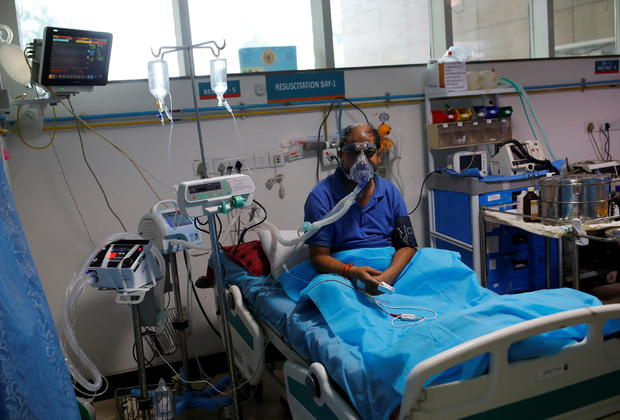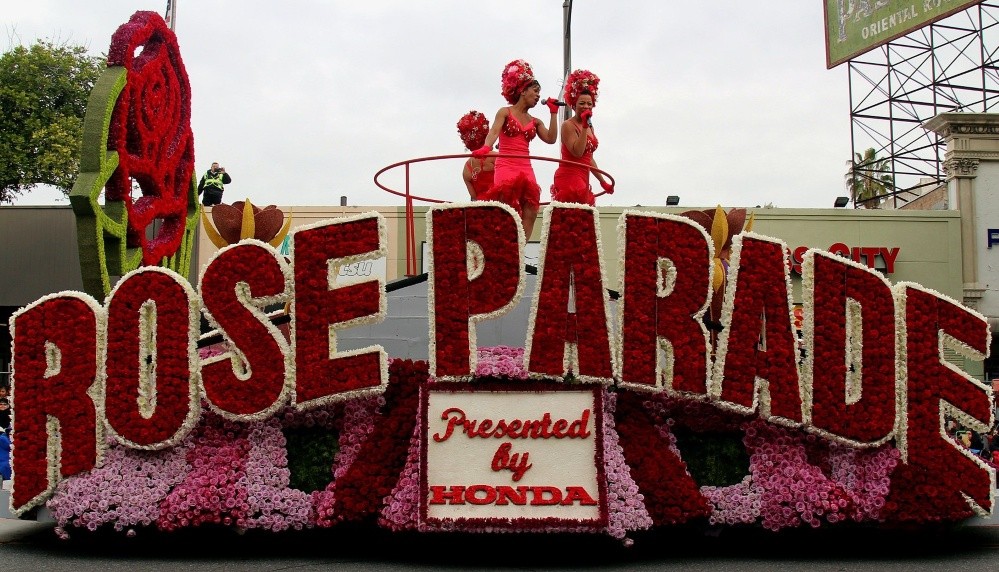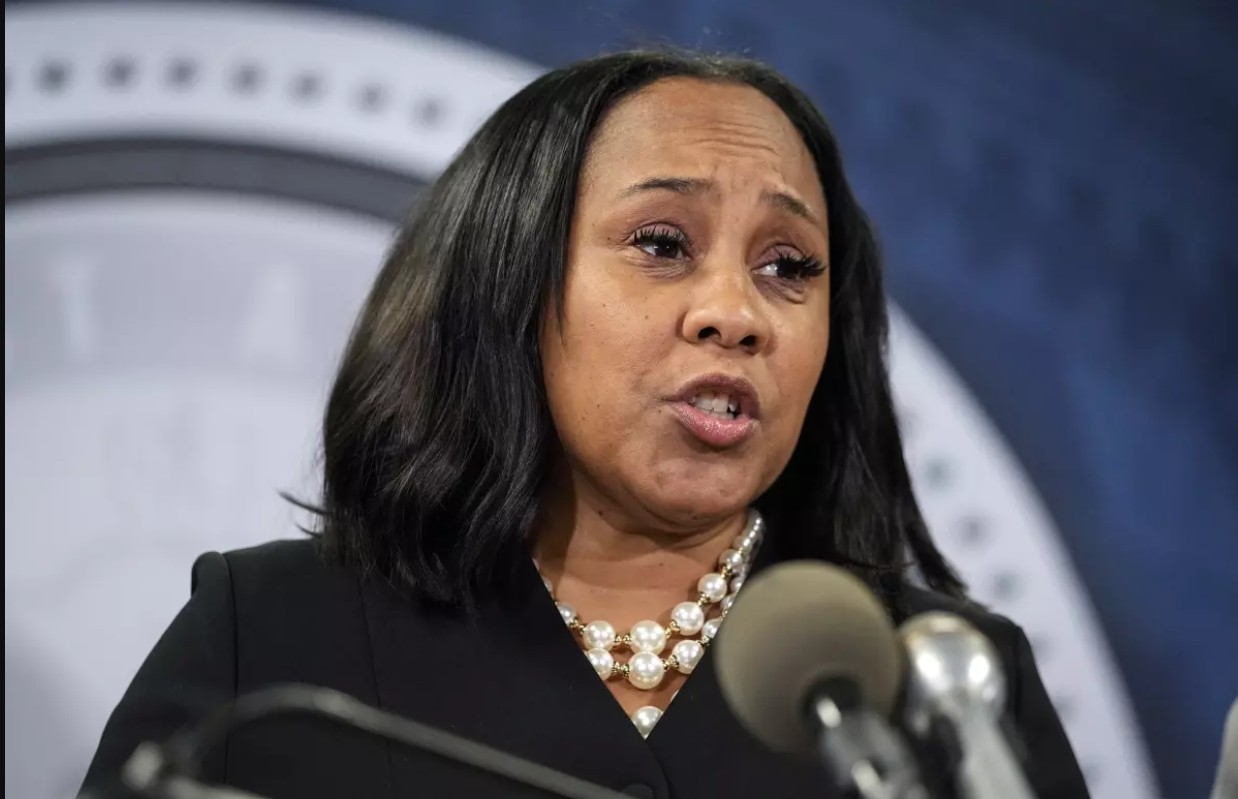Top 10 Deadliest & Scariest Days In US History
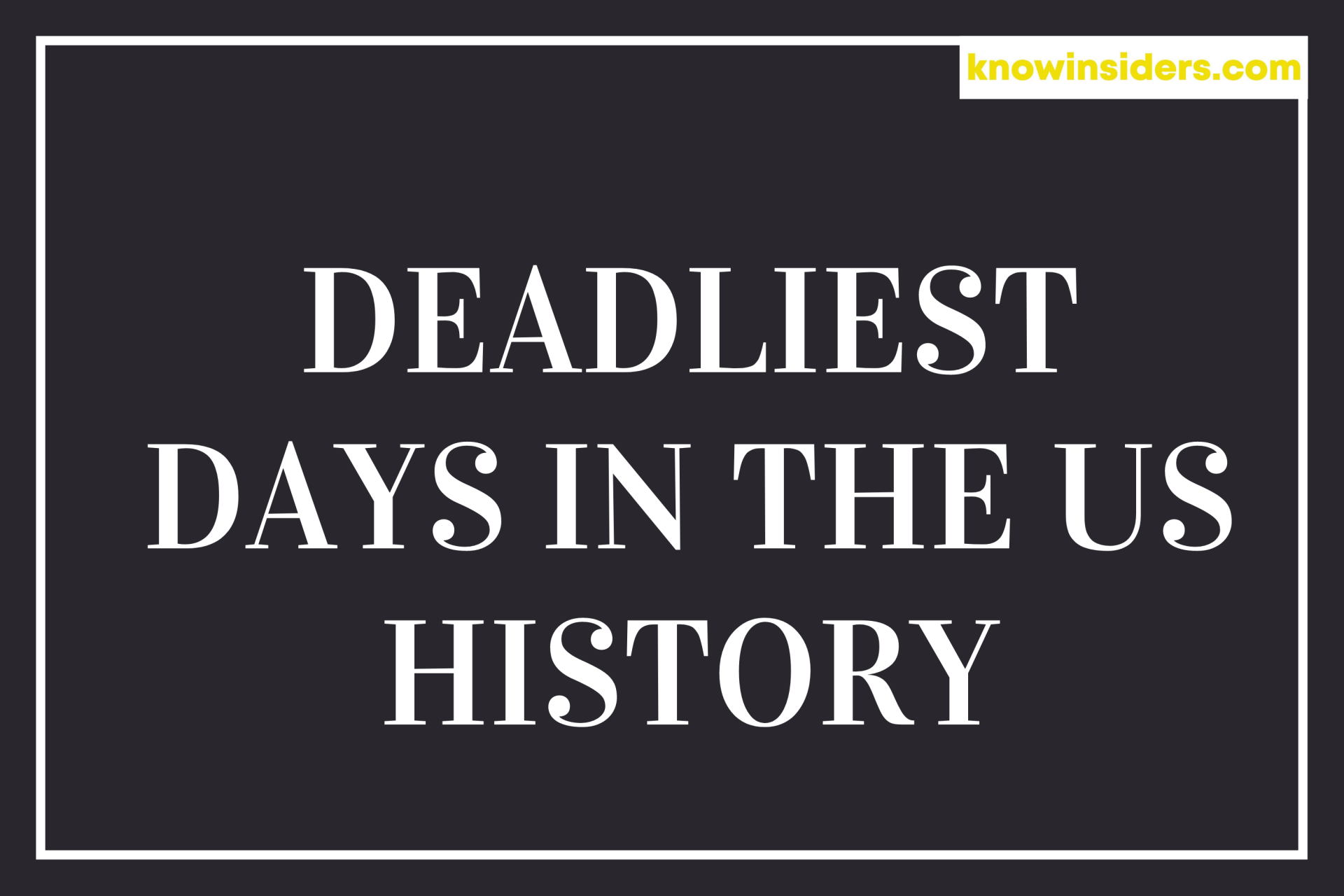 |
| Top 10 Deadliest Days In The US.Photo KnowI siders |
It’s a grim but necessary calculation, counting those Americans who have died in service to their country, as targets of terrorist attacks, amid natural disasters or as victims of pandemic disease. Here are major events from history that have inflicted a devastating toll on American lives.
Top 10 Deadliest & Scariest Days In US History
1.August 24, 1814: Washington, D.C. Burned by the British
2.April 14, 1865: President Abraham Lincoln Assassinated
3.The 1906 San Francisco Earthquake and Fire
4.October 29, 1929: Black Tuesday, the Stock Market Crash
5.December 7, 1941: Pearl Harbor Attack
6.October 22, 1962: The Cuban Missile Crisis
7.November 22, 1963: John F. Kennedy Assassinated
8.April 4, 1968: Assasination of Dr. Martin Luther King, Jr.
9.January 28, 1986: Space Shuttle Challenger
10.September 11, 2001: The September 11 Terror Attacks
*****
What Are The Top 10 Worst Days In US History?
1.August 24, 1814: Washington, D.C. Burned by the British
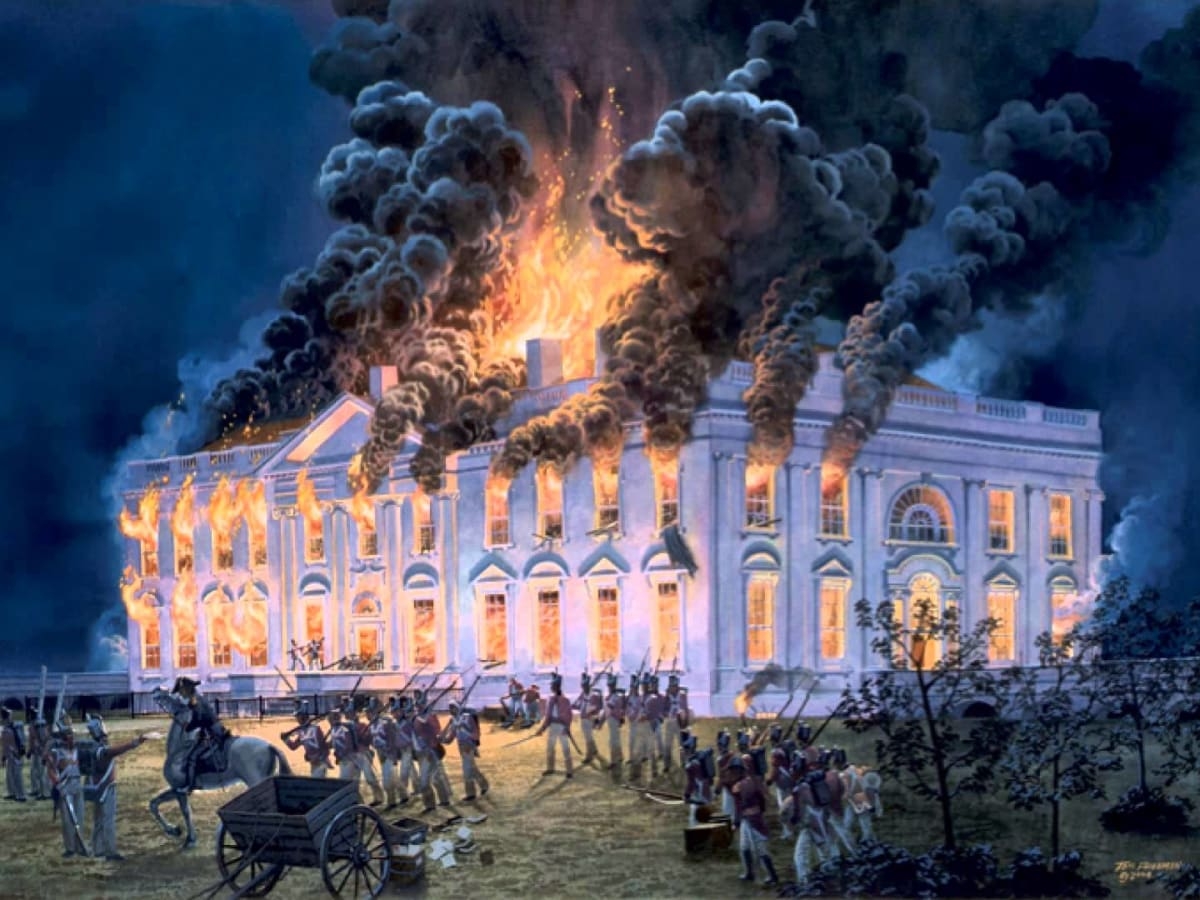 |
| Photo history |
In an event that is today little talked about and even less understood, the capital of the United States was occupied by a foreign power and laid waste. And Americans were helpless to stop it.
In 1814, the third year of the War of 1812, England, having finally dispatched Bonaparte, focused its full attention on the wide expanse and paltry military of the United States.
According to jamieumbc, while its army and navy occupied eastern New England and planned multiple invasions, British negotiators demanded large land cessions as the price of peace (seeking not only to establish a neutral Indian buffer state in what is now the states bordering the Great Lakes, but also revising both the Canadian‐American boundary and the terms of the 1783 Treaty of Paris that had established the United States as an independent nation).
When Washington, D.C fell, almost effortlessly, to the British invasion forces, many thought that the United States was finished as an independent nation. New England actually considered seceding from the United States, and made plans to hold a convention with that object in mind. At the end of August 1814, America teetered at death’s door as a political entity. Fortunately, there would be miracles soon forthcoming at Baltimore and Lake Champlain.
2.April 14, 1865: President Abraham Lincoln Assassinated
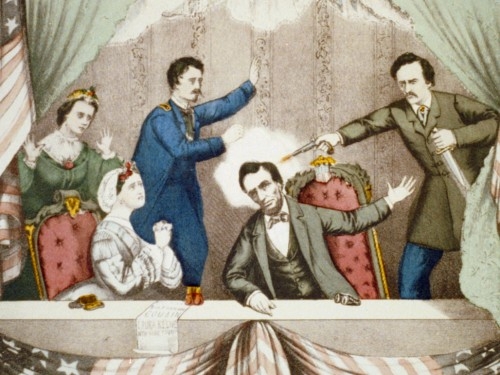 |
| Photo Fords |
After the five dreadful years of the Civil War, Americans were depending on President Abraham Lincoln to maintain the peace, heal the wounds, and bring the nation together again. On April 14, 1865, just weeks after beginning his second term in office, President Lincoln was assassinated by embittered Confederate sympathizer John Wilkes Booth, thoughtco reported.
With a single pistol shot, the peaceful restoration of America as a unified nation seemed to have come to an end. Abraham Lincoln, the president who often spoke forcefully for "letting the Rebels up easy" after the war, had been murdered. As Northerners blamed Southerners, all Americans feared that the Civil War might not really be over and that the atrocity of the legalized enslavement of people remained a possibility.
3.The 1906 San Francisco Earthquake and Fire
 |
| Photo abc7news |
The ruins of San Francisco, still smoldering after the 1906 earthquake and the three-day fire that followed it.
At almost precisely 5:12 a.m., local time, a foreshock occurred with sufficient force to be felt widely throughout the San Francisco Bay area. The great earthquake broke loose some 20 to 25 seconds later, with an epicenter near San Francisco. Violent shocks punctuated the strong shaking which lasted some 45 to 60 seconds. The earthquake was felt from southern Oregon to south of Los Angeles and inland as far as central Nevada. The highest Modified Mercalli Intensities (MMI's) of VII to IX paralleled the length of the rupture, extending as far as 80 kilometers inland from the fault trace.
One important characteristic of the shaking intensity noted in Lawson's (1908) report was the clear correlation of intensity with underlying geologic conditions. Areas situated in sediment-filled valleys sustained stronger shaking than nearby bedrock sites, and the strongest shaking occurred in areas where ground reclaimed from San Francisco Bay failed in the earthquake. Modern seismic-zonation practice accounts for the differences in seismic hazard posed by varying geologic conditions, Earthquake USGS reported.
4.October 29, 1929: Black Tuesday, the Stock Market Crash
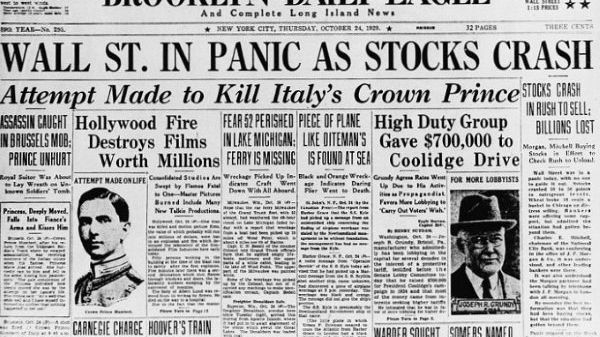 |
| Photo investopedia |
The end of World War I in 1918 ushered the United States into an unprecedented period of economic prosperity. The “Roaring 20s” were the good times; too good, in fact.
While American cities grew and prospered from rapid industrial growth, the nation's farmers suffered widespread financial despair due to the overproduction of crops. At the same time, a still unregulated stock market, coupled with excessive wealth and spending based on post-war optimism, led many banks and individuals to make risky investments.
On October 29, 1929, the good times ended. On that "Black Tuesday" morning, stock prices, falsely inflated by speculative investments, plummeted across the board. As the panic spread from Wall Street to Main Street, almost every American who owned stock desperately began trying to sell it. Of course, since everyone was selling, nobody was buying and stock values continued in free fall.
Across the nation, banks that had invested unwisely folded, taking businesses and family savings with them. Within days, millions of Americans who had considered themselves "well off" before Black Tuesday found themselves standing in endless unemployment and bread lines.
Ultimately, the great stock market crash of 1929 led to the Great Depression, a 12-year period of poverty and economic turmoil that would be ended only by new jobs created through the New Deal programs of President Franklin D. Roosevelt and the industrial ramping up to World War II.
5.December 7, 1941: Pearl Harbor Attack
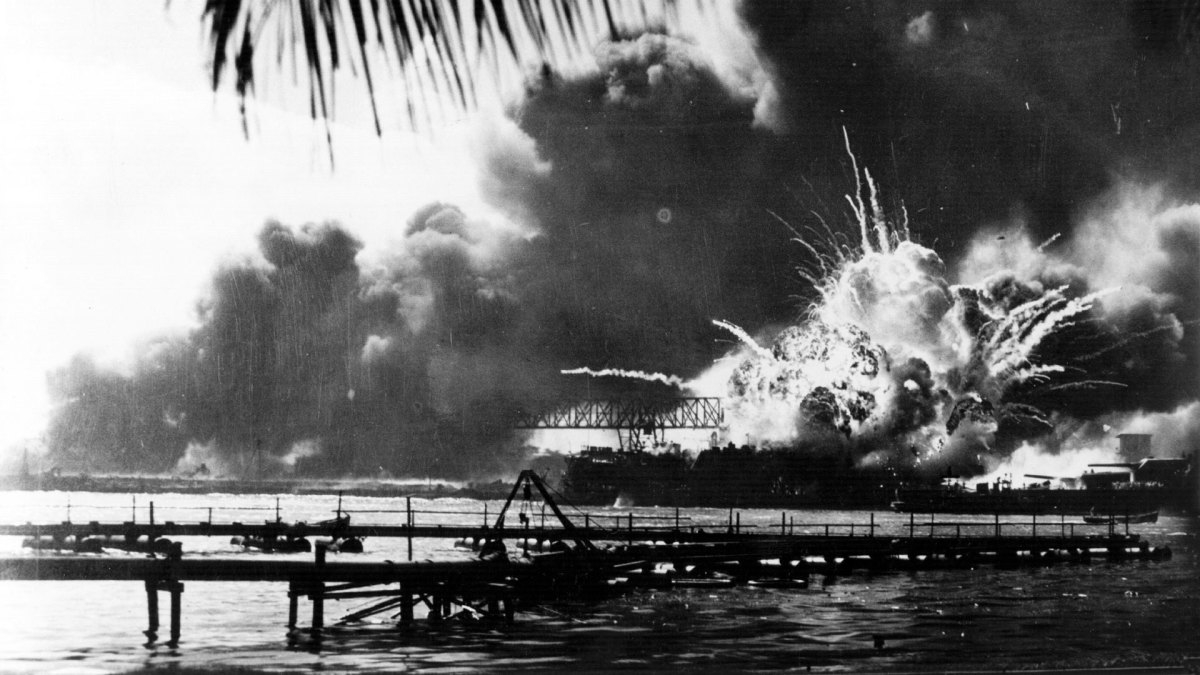 |
| Photo Getty |
In the early dawn hours of December 7, 1941, a swarm of nearly 90 Japanese aircraft converged on the American naval base at Pearl Harbor on Oahu, Hawaii. The hours-long surprise attack destroyed several large American battleships still anchored in the harbor and killed 2,390 U.S. servicemen and civilians.
Nearly half of the American deaths were aboard the USS Arizona, which exploded into flames and sank after taking direct hits from the Japanese bombers. The “unprovoked and dastardly attack,” in the words of President Franklin D. Roosevelt, drew a reluctant United States into WWII.
READ MORE: Top 19 amazing facts about the attack on Pearl Harbor
6.October 22, 1962: The Cuban Missile Crisis
The Cuban Missile Crisis of October 1962 was a direct and dangerous confrontation between the United States and the Soviet Union during the Cold War and was the moment when the two superpowers came closest to nuclear conflict.
During the Cuban Missile Crisis, leaders of the U.S. and the Soviet Union engaged in a tense, 13-day political and military standoff in October 1962 over the installation of nuclear-armed Soviet missiles on Cuba, just 90 miles from U.S. shores. In a TV address on October 22, 1962, President John F. Kennedy (1917-63) notified Americans about the presence of the missiles, explained his decision to enact a naval blockade around Cuba and made it clear the U.S. was prepared to use military force if necessary to neutralize this perceived threat to national security. Following this news, many people feared the world was on the brink of nuclear war. However, disaster was avoided when the U.S. agreed to Soviet leader Nikita Khrushchev’s (1894-1971) offer to remove the Cuban missiles in exchange for the U.S. promising not to invade Cuba. Kennedy also secretly agreed to remove U.S. missiles from Turkey.
7.November 22, 1963: John F. Kennedy Assassinated
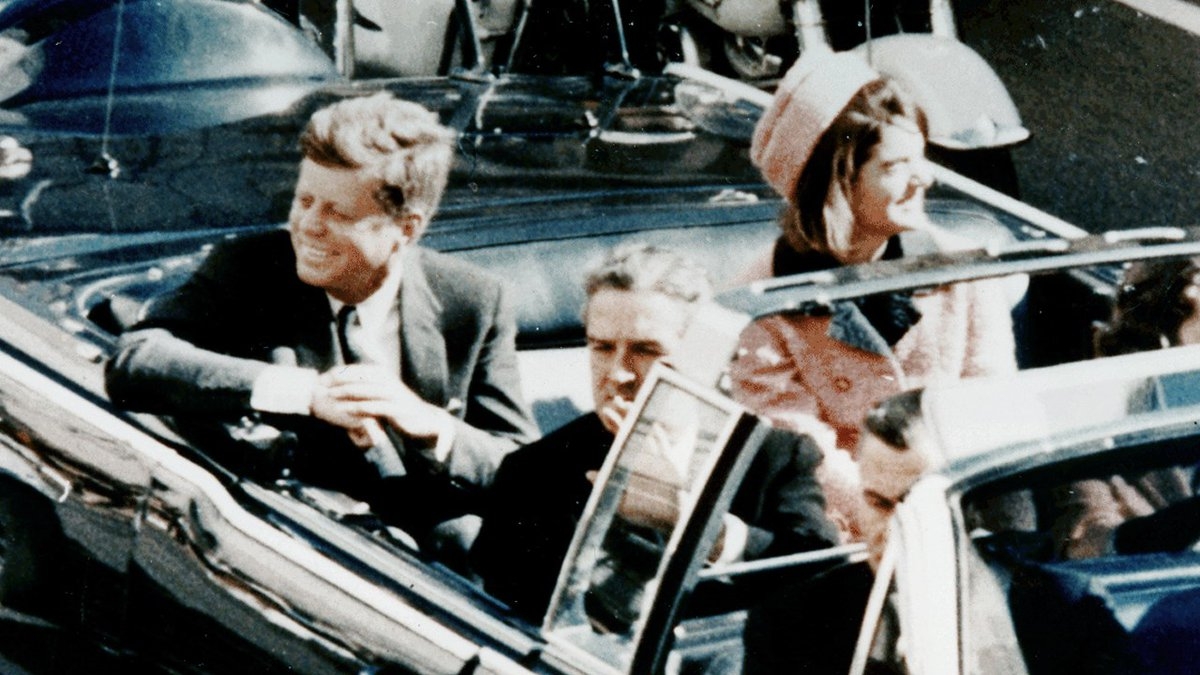 |
| Photo WHSV |
John Fitzgerald Kennedy, the 35th president of the United States, is assassinated while traveling through Dallas, Texas, in an open-top convertible.
First lady Jacqueline Kennedy rarely accompanied her husband on political outings, but she was beside him, along with Texas Governor John Connally and his wife, for a 10-mile motorcade through the streets of downtown Dallas on November 22. Sitting in a Lincoln convertible, the Kennedys and Connallys waved at the large and enthusiastic crowds gathered along the parade route. As their vehicle passed the Texas School Book Depository Building at 12:30 p.m., Lee Harvey Oswald allegedly fired three shots from the sixth floor, fatally wounding President Kennedy and seriously injuring Governor Connally. Kennedy was pronounced dead 30 minutes later at Dallas’ Parkland Hospital. He was 46.
READ MORE: How Many US Presidents Have Been Assassinated?
8.April 4, 1968: Assasination of Dr. Martin Luther King, Jr.
At 6:05 P.M. on Thursday, 4 April 1968, Martin Luther King was shot dead while standing on a balcony outside his second-floor room at the Lorraine Motel in Memphis, Tennessee. News of King’s assassination prompted major outbreaks of racial violence, resulting in more than 40 deaths nationwide and extensive property damage in over 100 American cities.
James Earl Ray, a 40-year-old escaped fugitive, later confessed to the crime and was sentenced to a 99-year prison term. During King’s funeral a tape recording was played in which King spoke of how he wanted to be remembered after his death: “I’d like somebody to mention that day that Martin Luther King, Jr., tried to give his life serving others” (King, “Drum Major Instinct,” 85).
| Where was King going when he was killed? The next day, April 4, King and his inner circle had been invited to have dinner at the home of the Rev. Samuel Billy Kyles, a Memphis minister. About 6 p.m., King, dressed in his trademark dark suit and tie, emerged from Room 306. Andrew Young, his close friend and partner in the civil rights movement, yelled up to him to grab his coat because the weather had turned chilly. Before he could answer Young, a shot rang out. A bullet hit King in the right cheek, shattering his jaw, several vertebrae and severing his spinal cord. He was rushed to St. Joseph's Hospital, where he was pronounced dead at 7:05 p.m. |
9.January 28, 1986: Space Shuttle Challenger
Before this tragedy, the U.S. space program had experienced nothing but success since the fatal January 27, 1967 Apollo I launchpad fire. I suspect that we had begun to take this success for granted, going so far as to include a civilian on this mission, Christa McAuliffe, a high school social studies teacher.
America watched the shuttle explode live on television, instantly killing all on board, and then got to see the confused and horrified reaction from the crowd at the launch site, including McAuliffe’s parents. It was a stunning and sobering reminder that the United States was not infallible, and that space exploration was still very dangerous business.
10.September 11, 2001: The September 11 Terror Attacks
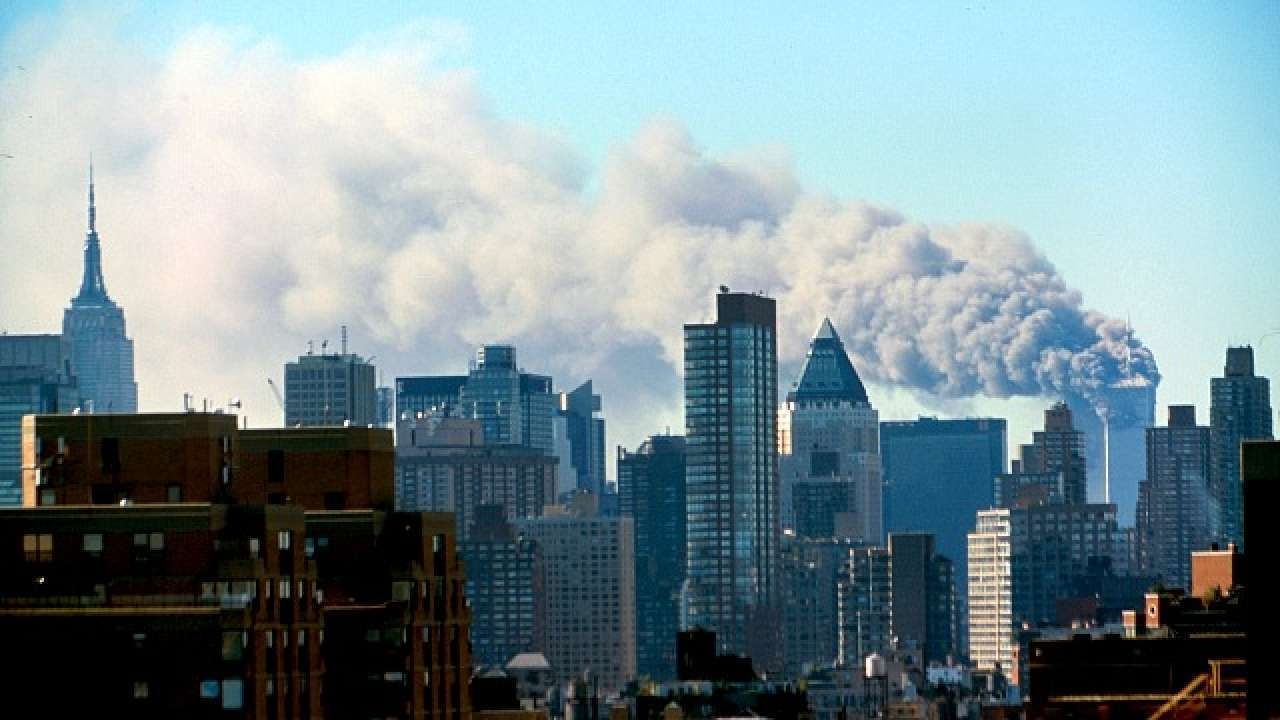 |
| Photo DNA India |
On September 11, 2001, nearly 3,000 people were killed, 400 were police officers and firefighters, in the terrorist attacks at the World Trade Center in NYC, at the Pentagon building in Washington, D.C., and in a plane crash near Shanksville, PA.
Facts about 9/11:
-9/11 was not the first terrorist attack on the World Trade Center. A bombing in February of 1993 killed six people.
-On any given workday, up to 50,000 employees worked in the WTC twin towers, and an additional 40,000 passed through the complex.
-After the September 11th attacks on the World Trade Center, the rescue and recovery clean-up of the 1.8 million tons of wreckage from the WTC site took 9 months.
-Passengers aboard United Flight 93, heard about the previous airplane attacks and attempted to retake control of the plane from hijackers. As a result, the hijackers dilberately crashed the plane in a Pennsylvania field instead of at their unknown target.
-While video accounts of the WTC attack aired immediately, no video footage of the Pentagon attack was publicly released until 2006.
-Though both the police and fire departments of New York City had their own emergency response procedures, the two departments did not have a coordinated response plan to a major incident.
-The attack on the World Trade Center on 9/11 resulted in the largest loss of life by a foreign attack on American soil.
-All told, 2,974 people were killed in the 9/11 attacks, which President George W. Bush called “evil, despicable acts of terror” and “acts of mass murder.” In the decades since, nearly 4,000 firemen and first responders have died from cancers and other 9/11-related medical conditions.
COVID-19 and deadliest days of the US
There’s no question the COVID-19 pandemic is one of the deadliest events modern Americans have ever grappled with. But how its death toll compares with other tragedies and natural disasters is being misconstrued in a social media post that purports to list and rank the “deadliest days in American history.” The graphic shows that four of the eight deadliest days since the country’s founding took place between Dec. 2 and Dec. 7, 2020. The image places daily COVID-19 deaths from those days alongside death tolls from the Galveston Hurricane, the battle of Antietam, Pearl Harbor and the 9/11 terrorist attacks. Fact-check: Image doesn’t actually show “deadliest days” Although the image purports to be a list of the “deadliest days in American history,” it only lists fatalities related to specific mass-fatality events. It leaves out the number of deaths from all causes. For example, the list cites Dec. 4, 2020, as having a death toll of 2,861. It’s true that 2,861 people were reported on that day to have died of COVID-19, according to the CDC’s Data Tracker. This number doesn’t include any of the people who died from causes besides COVID-19, such as murder, heart attacks or cancer. In 2017, an average of 7,708 deaths occurred each day, according to the Centers for Disease Control and Prevention. |
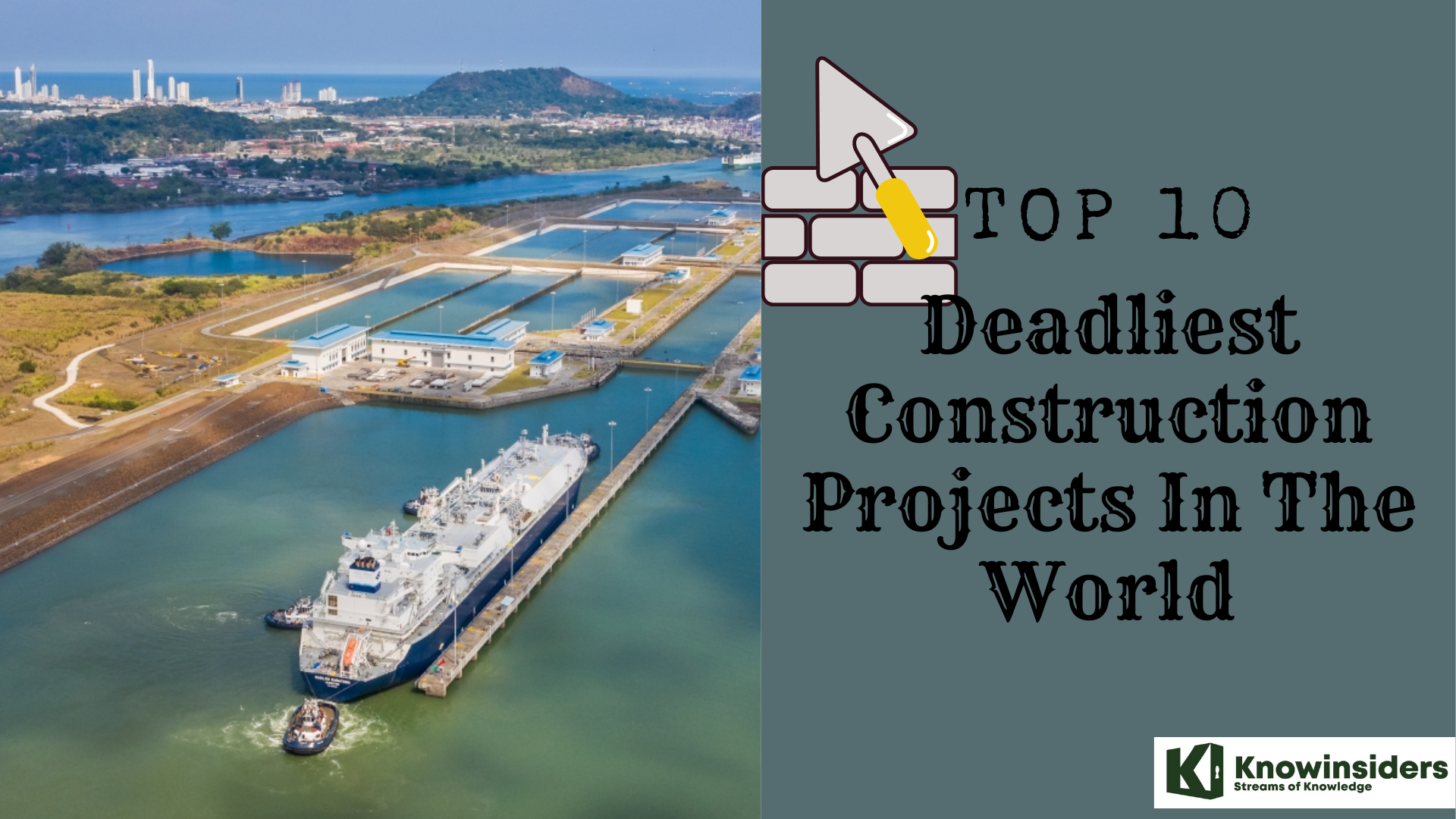 Top 10 Deadliest Construction Projects In The World Top 10 Deadliest Construction Projects In The World Safety is the first priority in any construction projects, but some of them ignored the rule. Take a look at top 10 Deadliest Construction Projects ... |
 Top 10 Deadliest Pandemics In The World Of All Time Top 10 Deadliest Pandemics In The World Of All Time Check out the top 10 World's Deadliest Epidemics or Pandemics In History |
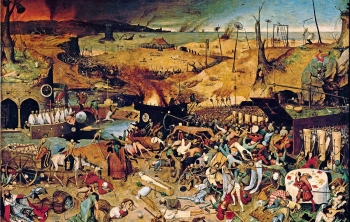 Black Death - World's Deadliest Pandemic in Human History Black Death - World's Deadliest Pandemic in Human History The Black Death of October 1347 to c1352 was one of the worst pandemics in recorded history as well as the very first one existed ... |


